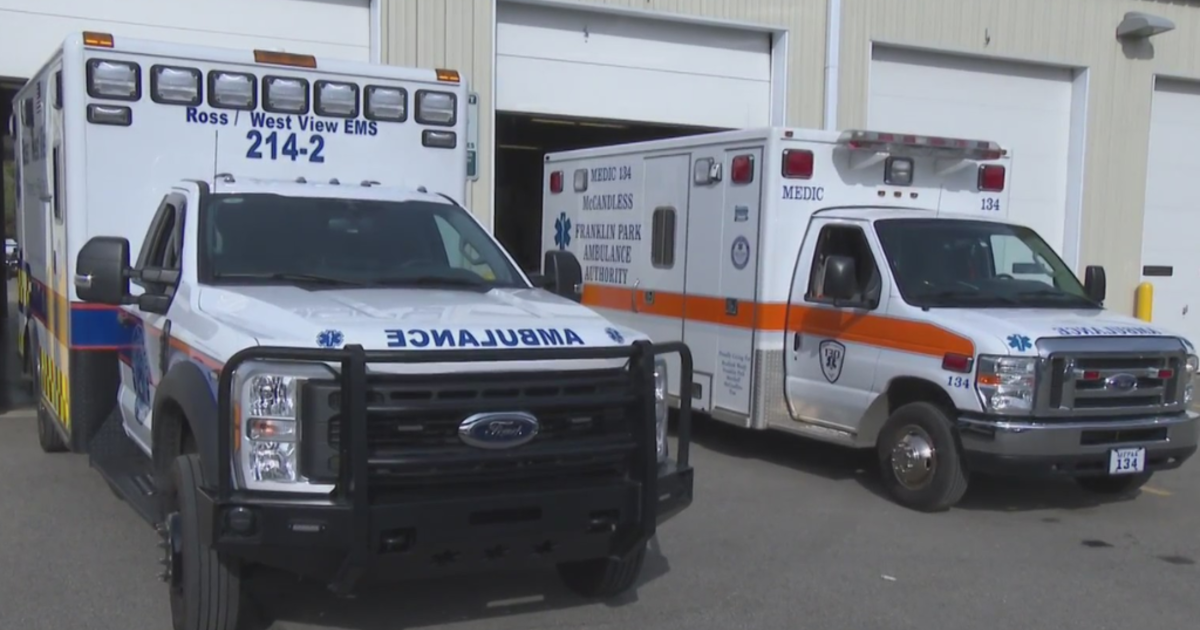Fern Hollow Bridge collapse documents reveal failure to maintain bridges
PITTSBURGH (KDKA) — Thousands of pages of newly released documents in the investigation into the Fern Hollow Bridge collapse reveal a failure by multiple institutions to maintain bridges and two patterns: a lack of action and a lack of allocating necessary resources.
"I'm just getting through it now," said Peter Giglione, an attorney representing victim Daryl Luciani. "It's thousands of pages of stuff, but what we're learning from those documents is absolutely incredible and not in a good way either."
Giglione advocated for the victims of the bridge collapse on Friday, and the judge ordered engineering firm CDM Smith Incorporated should now provide the judge with all the documents related to this bridge, despite the fact it initially resisted.
"The things that have been produced publicly, some of the photographs, it doesn't take a civil engineer or a bridge expert to see that the understructure of that bridge was deteriorating, and it looked bad," said Giglione.
He's fighting for his client, Luciani, the man behind the wheel of the famed Port Authority bus. Luciani is one of nine people who fell more than 100 feet as the bridge collapsed.
"One thing about Daryl is he was a driver for a lot of his adult life, and he really enjoyed it and that has now been taken away from him," said Giglione.
In researching the documents, KDKA Investigates spotted a pattern of short-sightedness. We got our first look at the transcript of the interview with the engineer who oversaw inspections for the Fern Hollow Bridge. He said he only got a pair of six-hour periods to check over the 447-foot-long bridge.
The transcript said, "Well, we - what we had was two days." It continued to say, "So, you know, it was - we didn't have a lot of time to get through, because we had to go down each side..."
When asked "...the way you just answered that made it seem like the inspection may have been rushed..." the engineer answered "We looked at the main components. I'm not saying we didn't. I mean, we did. But like I said, we didn't have a whole, you know, time to get a detailed, you know, in-depth inspection. We couldn't do that."
The National Transportation Safety Board's report found a lack of maintenance on the bridge. For example, not removing the debris that gathered didn't allow the steel to dry out, leading to corrosion and deterioration. A document shows that the lead inspector told the city multiple times about the problem:
"The number one problem was the clogged scuppers and downspouts on almost all their bridges. And I tried to preach that the whole time, and nothing ever got done. I mean, just simply clean the stuff, you know?"
The NTSB pressed the city and asked for its maintenance schedule and the city didn't have one. The report said: "The city did not have a preventative maintenance schedule for the expansion." It also said the Department of Mobility and Infrastructure didn't ask the city's contractor to clean the expansion joints or stormwater drainage system for the nearly three years leading up to the collapse.
"DOMI did not ask the City's contractor to clean the expansion joints from January 7, 2019 through January 28, 2022."




